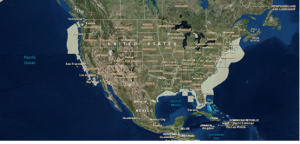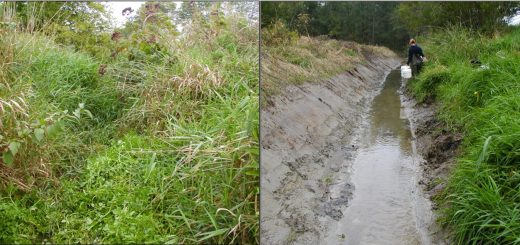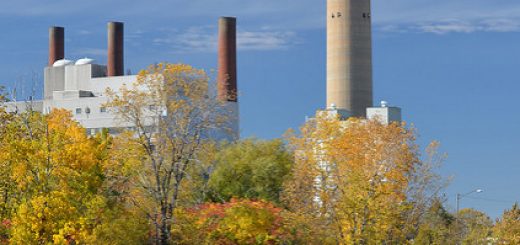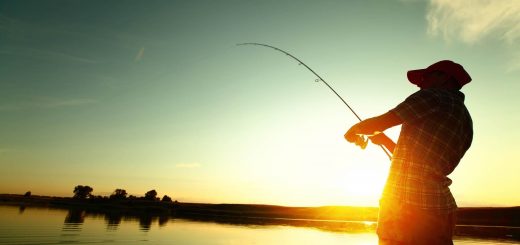Fisheries recovery: harvest control and designated protected areas work better together
Fisheries are an important resource in many countries around the globe but population assessments suggest that many fish stocks are declining. Agencies charged with managing fisheries are challenged with rebuilding fish stocks while maintaining income, employment, and cultural values. To achieve these goals, managers develop tools to evaluate mortality and better understand the status of the resource.

An schematic of bottom trawling, a technique used to harvest fish
Harvesting pressure and habitat loss can both reduce fish stocks. Consequently, two important methods for controlling mortality in fisheries are harvest control and “no-take” protected areas, also known as reserves. Despite this, these two control methods are rarely used in conjunction. Harvest control limits the amount of fish that can be removed from an area, while no-take protected areas prohibit any fishing within a designated area. No-take protected areas can prevent the degradation or damage of important fish habitat that may be caused by certain harvest methods. For example, trawls that are designed to run along the bottom of a waterbody can impact habitat structure and decrease the number and diversity of prey items for fish species in an area.
Rachel Nichols, Satoshi Yamazaki, and Sarah Jennings from the University of Tasmania in Australia recently published a study assessing how harvest control rules and protected areas can be used together for fish stock recovery plans in areas where habitat damage occurs during harvest. The researchers developed models of a fishery that incorporate both biological information and socio-economic pressures to predict fish stock recovery under different scenarios. These models allowed them to compare the effectiveness of different fish stock recovery strategies.

A map showing US National Marine Protected areas. Map from the National Marine Protected Areas Center website: https://marineprotectedareas.noaa.gov/. For more information, please check out their website.
Their results show that in scenarios where the harvest method impacts the habitat where fish are captured, harvest control methods alone will not rebuild fish stocks unless the highest level of constraints are used to restrict harvesting. Their results also suggest that using protected areas or reserves as part of a fisheries management plan will shorten the time required for stocks to recover, regardless of if the habitat is impacted by the harvesting practice or not. Additionally, including a protected area in a management plan increases the likelihood that fish stocks will recover when habitat is impacted by harvesting by ensuring that habitat important to one or more life stages of a fish species is available and not degraded. Most importantly, the models developed by the researchers suggested that combining both a protected area and harvest control methods showed the most efficient recovery of an impacted fish stock.
While these results suggest that incorporating no-take protected areas into a fisheries management plan is ideal for recovery of fish stocks, managers must also consider socio-economic objectives when preparing or carrying out a fisheries management plan. This study also showed that more cautious recovery plans, while increasing fish stocks more quickly, generally decreased the short-term harvest amount and the present value of the fishery. This research highlights that it is possible to implement a recovery strategy that meets the fisheries management objectives and timelines while minimizing the impacts to socio-economic objectives.
References
Nichols, R., Yamazaki, S., and Jennings, S. 2018. The role of precaution in stock recovery plans in a fishery with habitat effect. Ecological Economics 146: 359-369.



